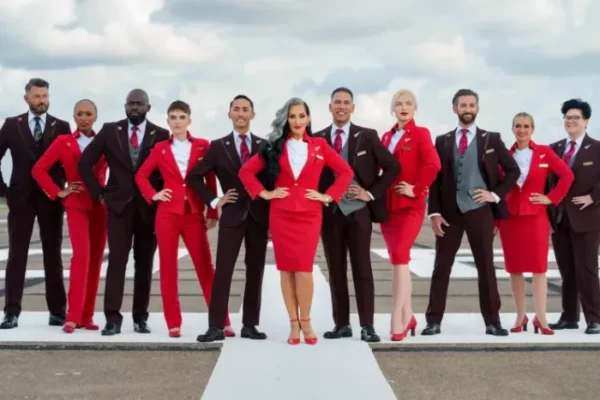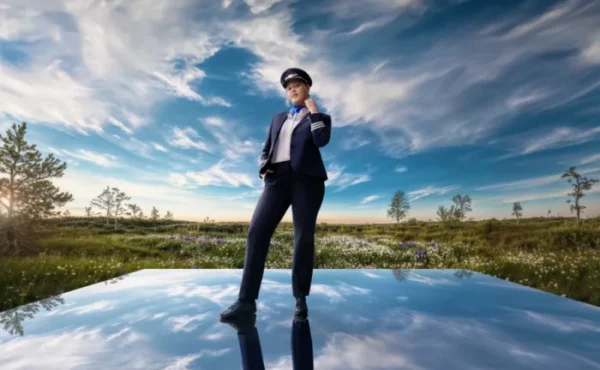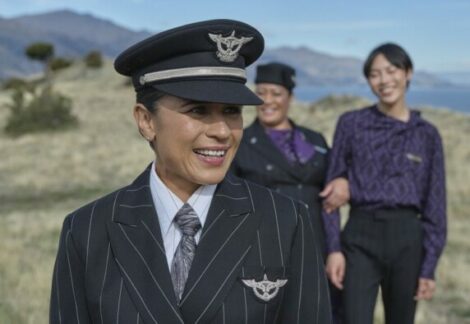Air New Zealand has a new uniform – its first in 14 years. At first glance, it’s pretty standard fare – slick suits and dresses in the airline’s signature purple. But look a little closer and you’ll see designer Emilia Wickstead – who counts Megan Markle among her fans – has made a bold statement. The new airline uniforms celebrate national identity and cultural pride in a way that’s genuinely meaningful.

Created in collaboration with internationally acclaimed Māori artist Te Rangitu Netana, the uniforms weave in patterns and details that are, she says, “incredibly symbolic and strong’.
Traditional Māori motifs, including the kōwhai and purapura whetū, appear on dresses, shirts and trench coats, all made from eco-friendly fabrics. And Pacific Island garments like the ie faitaga – a men’s sulu (sarong) – and the embroidered Huia feather on manager uniforms – historically worn by Māori chiefs – further cement Wickstead’s deep commitment to honouring the nation’s heritage.

This focus on self-expression – reflecting the diverse Air New Zealand team – is part of a wider shift happening across aviation: airline uniforms that reflect people rather than flattening them into a brand mould.
Virgin Atlantic arguably kickstarted the movement back in 2022 with its See the World Differently campaign. Fronted by Michelle Visage, the TV ad celebrated the LGBTQ+ community, showing male cabin crew in make-up and staff choosing the uniform that best fit their gender identity. It was more than a glossy campaign. Virgin followed through with pronoun badges, inclusivity training and a gender-neutral booking system. Bold, refreshing and unapologetically forward-thinking.

Now they’ve flown in the face (pun intended) of recent DEI downgrading with their new Be a Rainbow in the Clouds ad, soundtracked to a powerful recital of Maya Angelou’s defiant poem. It’s a goosebump-inducing statement of intent in a political climate increasingly fearful of difference.
And while some airlines still cling to tradition – the crisp, structured silhouettes and strict codes of yesteryear – others are beginning to see the value in loosening up. SAS and WestJet have both relaxed their uniform policies, embracing tattoos, piercings, gender-neutral styling and – brace yourself – even trainers.
The reasons go beyond aesthetics. When people feel comfortable and represented in what they wear, they show up with more confidence – and that has a direct impact on service and staff morale. Virgin found that allowing crew to dress in a way that reflects their identity had a clear, positive effect on how they felt and showed up – literally and metaphorically.

This isn’t about scrapping uniforms altogether. It’s about rethinking what they represent. Once a symbol of authority and glamour, today’s uniforms are evolving into a reflection of real-world diversity – and a chance for airlines to align their outward image with internal values.
Whatever direction the trend takes, one thing’s clear: airline uniforms are no longer just about looking polished at 30,000 feet. They’re about feeling seen, being respected and showing the world who you are. Finally.

